In the late 19th century, the emergence of horse-drawn transportation revolutionized urban mobility, enabling people to traverse cities swiftly and efficiently. However, this technological advancement brought about an unforeseen consequence: the massive accumulation of horse manure. This article delves into the fascinating and little-known phenomenon known as the Great Horse Manure Crisis, shedding light on the reasoning behind this urban challenge and its surprising implications.
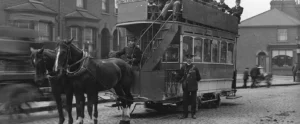
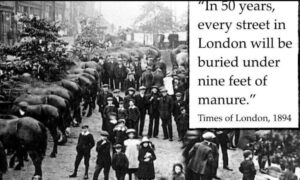
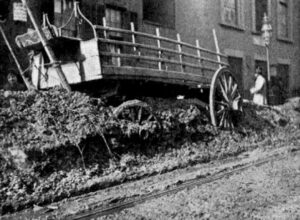
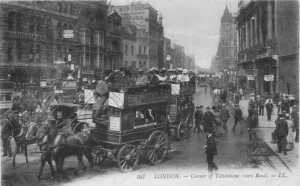
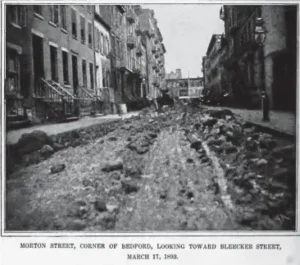
Horse-drawn Transportation and the Urban Boom:
As cities across the globe experienced rapid population growth during the late 1800s, the demand for transportation skyrocketed. Horses became the primary mode of transport, pulling carriages, trams, and wagons throughout urban centers. This reliance on equine power seemed like an ideal solution at the time, but it eventually led to a rather pungent problem.
The Crisis Unveiled:
With increasing urbanization, the number of horses needed to accommodate transportation demands grew exponentially. At the height of the crisis, London alone had approximately 50,000 horses on its streets, producing a staggering 1,000 tons of manure daily. Similar predicaments unfolded in other major cities worldwide, such as New York, Paris, and Berlin.
Impact on Health:
The excessive accumulation of horse manure presented various health hazards for city dwellers. The decomposing manure emitted foul odors, releasing noxious gases and exacerbating respiratory ailments. Furthermore, horse manure facilitated the breeding of disease-carrying pests, such as flies and rats, leading to outbreaks of illness and posing a serious threat to public health.
Infrastructure Challenges:
The mammoth quantity of horse manure posed critical challenges to urban infrastructure as well. City streets became heavily soiled, making it difficult for pedestrians to walk without stepping into piles of waste. Moreover, rainwater intensified the problem, creating slippery and unsanitary conditions.
Searching for Solutions:
As the crisis deepened, cities desperately sought solutions to tackle the burgeoning manure problem. Various attempts were made to remedy the situation, including daily manual collection, the establishment of manure recycling plants, and even proposals for horse cleaning stations to reduce the accumulation. However, these approaches proved to be temporary fixes rather than long-term solutions.
The Rise of the Automobile:
Ironically, the invention of the automobile directly addressed the Great Horse Manure Crisis. Towards the turn of the century, the advent of motorized vehicles gradually replaced horse-drawn transportation. As cities shifted to automobiles, the demand for horses diminished, and the manure crisis gradually abated.
Legacy and Lessons Learned:
The Great Horse Manure Crisis serves as a poignant reminder of how unforeseen consequences can arise from seemingly perfect technological advancements. It underscores the significance of considering long-term sustainability and environmental impacts when developing and implementing new modes of urban transportation.
Conclusion:
The unexpected accumulation of horse manure during the late 19th century profoundly impacted major cities worldwide, posing serious health risks and infrastructure challenges. The Great Horse Manure Crisis stands as an intriguing case study in urban planning and serves as a reminder to balance progress with foresight. Today, as innovation continues to shape our cities, let us learn from the challenges of the past to ensure a sustainable and prosperous future.

